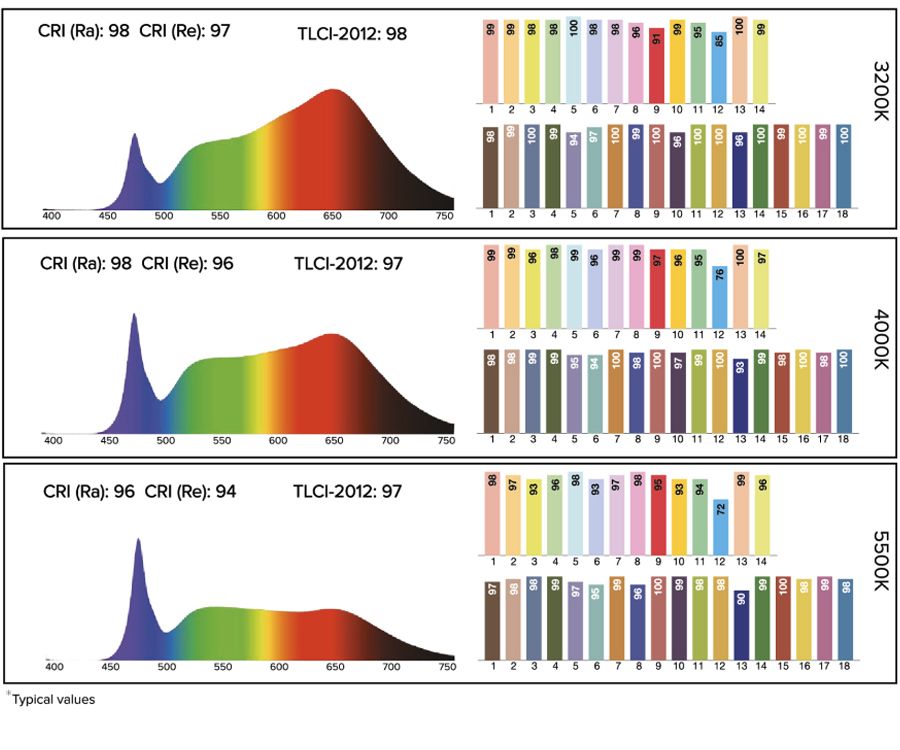Order Code | AX2-50 |
|---|---|
LED Engine | Titan LED Engine |
Colors | RGBMintAmber |
Total LED Power | 80 W |
LED Power Draw | 40 W |
Luminous Flux 2700K | 1 800 Lumens |
Luminous Flux 3200K | 2 230 Lumens |
Luminous Flux 5500K | 2 265 Lumens |
Light Output 2700 K @ 1m | 8 995 Lux |
Light Output 3200 K @ 1m | 11 060 Lux |
Light Output 5500 K @ 1m | 11 010 Lux |
CRI (Ra)/ TLCI 3200- 6500 K | ≥96 |
Beam Angle | 21° |
Field Angle | 42° |
Strobe | 0 – 25 Hertz |
Pixels | 8 |
Battery Runtime | up to 20 hours |
Battery Runtime (max. Brightness) | 2 h 50 m |
Battery Lifetime | 70 % after 300 cycles |
Charging Time (nominal) | 5 hours |
AC Input | 96-264 VAC, 50/60 Hertz, 2 A, 49 W |
AC Connector | PowerCON TRUE1 IN/OUT |
Wired DMX | Yes (via 5-pin XLR) |
CRMX Receiver | Built-in |
BluetoothBridge BTB | No |
BarConnect+ | Yes |
Wireless Protocols | CRMX, UHF |
Wireless Range | CRMX/UHF up to 300 m / 330 yds |
Infrared Control | Yes |
IP Rating | IP65 |
Ambient Operating Temperature | 0 – 40 °C / 32 – 104 °F |
Weight | 4.5 kg / 9.9 lbs |
Dimensions without hook (L x W x D) | 500 mm x 165 mm x 65 mm / 19.7" x 6.5" x 2.6" |
Dimensions with hook (L x W x D) | 520 mm x 165 mm x 65 mm / 20.5" x 6.5" x 2.6" |
Mounting Options | Airline Track, 2x AX2 Feet (with 3/8" thread) |
All specifications provided are typical values and may be subject to change without prior notice.
